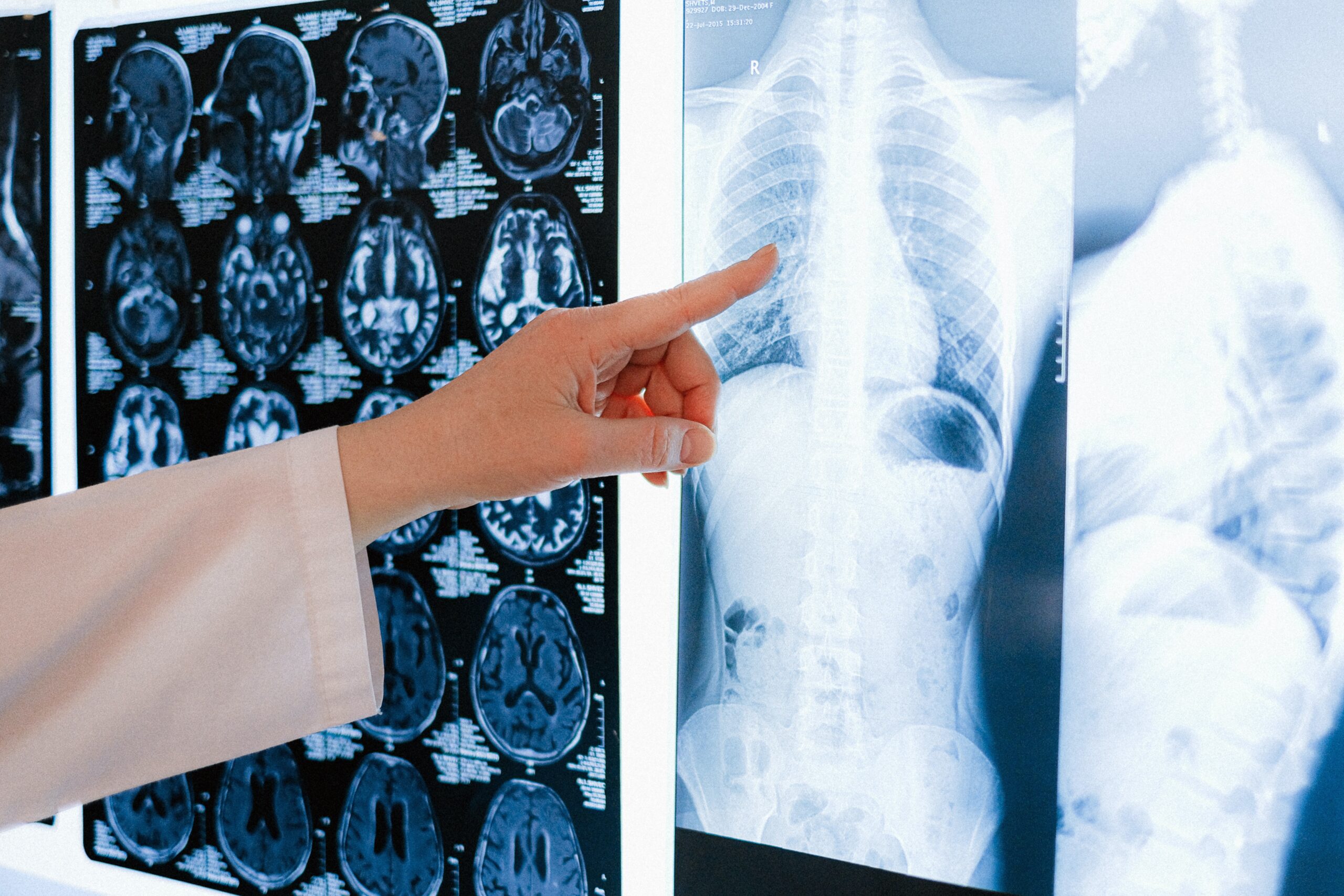Bronchiectasis is a disease that causes permanent and abnormal dilatation of airways. This can cause swelling and inflammation of the airways leading to thickening and irreversible damage in them. This permanent dilation of airways can increase the susceptibility of lungs to get respiratory tract infections by disrupting the natural protective mechanisms available in the lungs.
Causes for Bronchiectasis

- The most common cause of Bronchiectasis is identified to be Cystic fibrosis.
- Previous damage to the airways including muscles and tissue surrounding bronchi is the reason to occur this disease.
- A past history of a lung infection such as pneumonia or whooping cough can be a reason to damage airways and later result in Bronchiectasis
- Diseases or usage of drugs that weaken the immune system and increased age can make your lungs more vulnerable to get damage from an infection leading to Bronchiectasis
- Aspergillosis which is an allergy to a certain type of fungi can also be a cause
Clinical Features
- A persistent cough usually produces sputum.
- Initially, patients may produce green or yellow color sputum after a chest infection.
- Later it can progress up to the production of large amounts of foul-smelling, thick, and khaki-colored sputum.
- Sputum can be stained with blood or the patient can start bleeding heavily while coughing.
- Persistent bad breath.
- Recurrent episodes of fever and pneumonia.
- Shortness of breath and difficulty in breathing.
- Wheezing
- Swollen fingertips with curving of nails.
- Extreme fatigue, night sweats, and fever with chills can occur during episodes of exacerbation.
Diagnosis of Bronchiectasis
Initially, you will be assessed by the doctor by asking questions about the history of your disease and examining you by listening to lung sounds using a stethoscope. As the next step in the diagnosis, the patients will go for specialized investigations such as chest X-rays and high-resolution CT scans.
Other Specialized Investigations
- Sputum assessment using sputum cultures.
- Blood tests such as serum immunoglobulin.
- Analysis of salt concentration in sweat to exclude diseases such as Cystic fibrosis.
Management of Bronchiectasis
Due to irreversible damage caused to the airways during this disease, it can’t be cured completely. But prevention of complications, reducing the severity of symptoms, and improving the quality of life can be done in these patients using various treatment methods.
Pharmacological Management
- Antibiotics are given to treat chest infections while a drug called Macrolide can be given to reduce inflammation of the lungs.
- Expectorants and Mucolytics are given to thin mucus and to help cough it out.
- Medical devices including Oscillating positive expiratory pressure (PEP) can be used to ease up breathing.
Lifestyle Modification
- Get the vaccines against influenza and pneumococcal infections on time.
- Stop smoking and protect yourself from exposure to passive smoking as it can irritate the lungs more.
- Drinking more water, as 8 to 10 glasses per day help thin mucus, making it easier to expel and reduce difficulty in breathing.
- Regular exercise and increased physical activity can strengthen your lungs and increase their capacity.
- Physical therapy as postural draining and chest percussion therapy can help loosen and remove mucus while breathing exercises can help open up your airways.
References
- Kumar and Clerk’s Clinical Medicine -8th Edition- Parveen Kumar, Michael Clark
- Oxford Handbook of Clinical Medicine – 10th Edition


One thought on “Bronchiectasis (Difficulty in Breath?)”
Comments are closed.